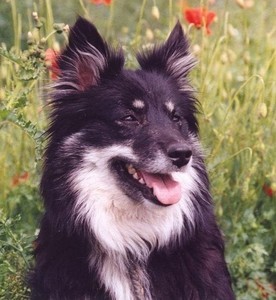75227
Japanese I
Descripción
Sin etiquetas
Información de los módulos
Descripción
Sin etiquetas
Mostrar más
The hiragana alphabet is composed of 46 different syllables, called gojuon (shown above). In addition to the 46, there are more characters to describe modified sounds, called dakuon, handakuon, and yōon.
Dakuon is indicated with two small lines.
Handakuon is indicated with a small circle.
Yōon is a combination of the consonant of i-column syllables and ya, yu or yo. For example, ki + ya = kya.
When you begin learning hiragana, start with the original 46 gojuon.
Don't worry if you struggle to memorize all characters at once. We'll go over non-gojuon characters in later lessons! For now, focus on memorizing the characters in the chart above.
Memorization resources:
Flashcards - https://quizlet.com/292339436/hiragana-flash-cards/
Song - https://www.youtube.com/watch?v=PE7sW2KoiGI
Game - https://www.csus.edu/indiv/s/sheaa/projects/genki/hiragana-timer.html
Game (stroke order) - http://www.easyjapanese.org/write_hiragana.html
Downloadable hiragana charts for writing practice:
https://www.tofugu.com/japanese/hiragana-chart/
(I highly recommend printing the ones with stroke order to help you in writing the characters properly.)
Mostrar menos
Elemento multimedia
Contexto
Descripción
Sin etiquetas
Descripción
Sin etiquetas

 por
por
